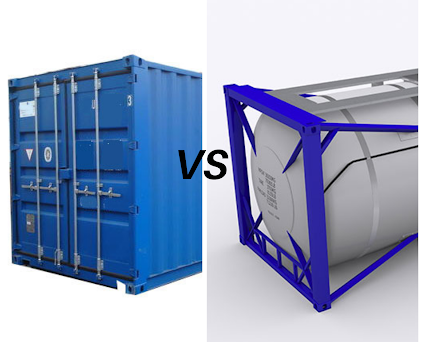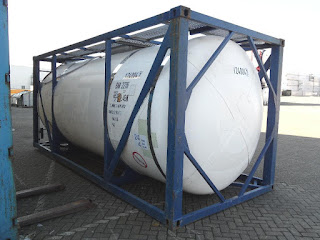Why Tank Containers differ from Standard Containers

Why Tank Containers differ from Standard Containers Have you Ever Got this Doubt about why Tank Containers differ from Standard Containers? Yes, This Question Frequently Asked by many Shipping Officials. Shipping containers, or general-purpose containers, are usually 20 feet or 40 feet and are manufactured from either aluminum or steel. As the name suggests, they are suitable for most types of cargo. The 20ft container is particularly popular, followed by the 40ft container. Both are available as reefers for the transport of refrigerated cargo. What's the difference? Even though the sizes and construction designs of both dry freight containers and ISO tank containers are approved and regulated by the International Organisation for Standardisation (ISO), they are not the same. In both instances, size and capacity can vary depending on the manufacturer, the age of the container, whether it has been customized, and so on. A standard shipping container, or container


